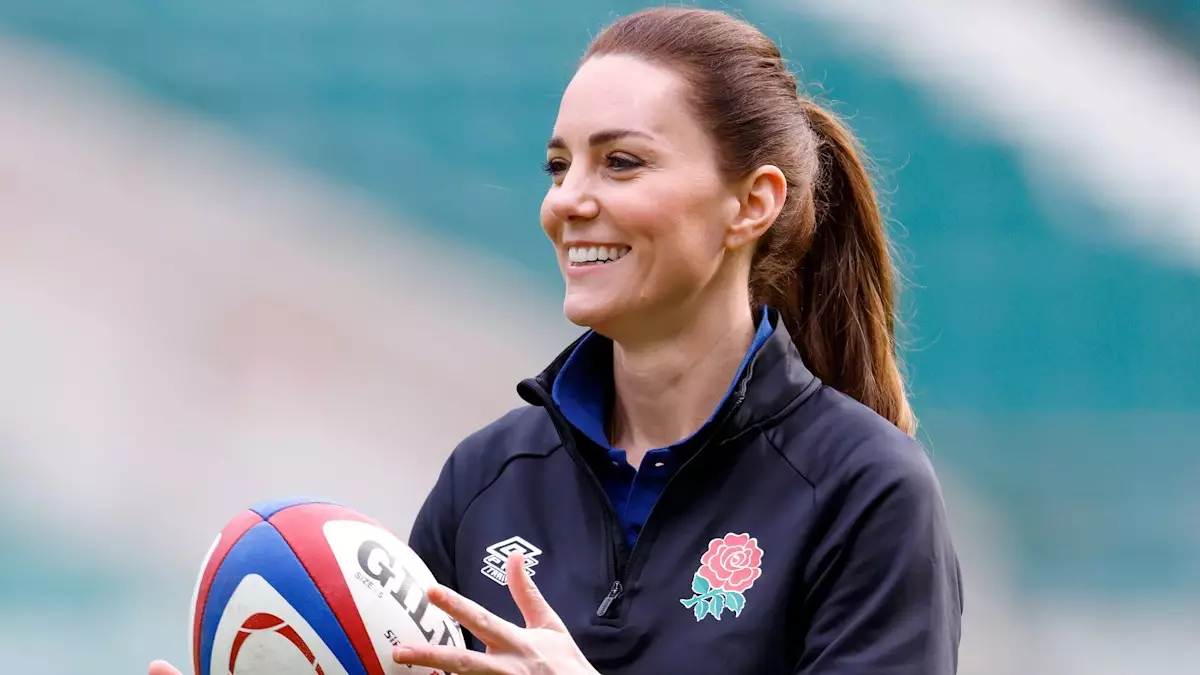When we think of the “core,” many default to visions of chiseled abs or superficial six-packs. However, this narrow perspective significantly undermines the real importance of core strength, especially for women in their forties. Far from being merely an aesthetic goal, a robust core is the foundation of overall health, agility, and resilience. It is the body’s central control hub—responsible for stabilizing the spine, supporting daily movements, and preventing injuries. Unfortunately, mainstream fitness culture often oversimplifies or misrepresents what it takes to develop this essential part of our physiology.
The desire to emulate public figures like the Princess of Wales—who at 43 demonstrates impressive physical capability—can foster misguided notions that core strength is solely about appearance or youthful vitality. In reality, it’s a complex system of muscles working harmoniously through functional movements. Building a resilient core isn’t about exhausting oneself with countless crunches or chasing quick results. Instead, it demands understanding and cultivating a wide range of muscle groups that wrap around the trunk, including the transverse abdominals, obliques, pelvic muscles, and lower back. Recognizing this broader picture is essential for women seeking sustainable, lifelong strength.
Beyond the Surface: Strategies for Lasting Core Stability
Achieving a truly strong core involves adopting a balanced, holistic approach rather than chasing shortcuts. Compound exercises such as goblet squats and deadlifts serve as excellent foundational movements because they engage multiple muscle groups simultaneously. These movements simulate real-life activities—lifting, bending, twisting—and foster functional strength that translates into everyday life. Nancy Best, a reputable personal trainer, emphasizes that these exercises are often underrated because they aren’t glamorized as “core” moves, but they are arguably more effective in cultivating stability.
In addition, incorporating isometric exercises like planks or bird dogs can significantly improve endurance and control. These static holds challenge the body’s ability to maintain tension and stability over time—a crucial factor for preventing lower-back pain or injury. Equally important are rotational and anti-rotational movements, which mimic movements we naturally perform and are vital for maintaining balance and avoiding muscular imbalances. For instance, Russian twists and bicycle crunches hone rotational strength, while planks and bird dogs promote anti-rotation stability that supports posture and reduces strain.
An often overlooked element is mobility. Kate Middleton’s effortless ability to hold challenging positions, such as the V-sit, is a testament to her mobility and flexibility. Functional range of motion in the hips, shoulders, and hamstrings not only enhances performance but also prevents stiffness that contributes to discomfort in everyday activities. Women over 40 should prioritize mobility work as part of their core training; neglecting this aspect can lead to stiff joints and compromised movement quality, undermining overall strength.
Rethinking the Myth of “Getting a Six-Pack”
Society’s fixation on visible abs fosters the misconception that core fitness is about achieving a sculpted six-pack. This reductionist view ignores the vital internal functions that underpin everyday health. Women in their forties, many of whom are managing postpartum bodies, often face unique challenges—such as pelvic floor issues, lower back discomfort, or postural fatigue—that require a more nuanced approach.
Building a resilient core is not about quick fixes or relentless crunch sessions. Instead, it’s about fostering strength across all core muscles while improving flexibility and movement quality. A holistic approach involves integrating resistance training, mobility work, and functional movement patterns. Such an approach not only strengthens the body’s trunk but also safeguards metabolic health, enhances posture, and reduces the risk of injuries commonly associated with aging and hormonal shifts.
The internal muscles—like the transverse abdominals—play a significant role in pelvic stability, which is especially critical postpartum or for women experiencing lower back pain. Developing these deep muscles through controlled, strategic movements can lead to noticeable improvements in everyday comfort and long-term health. Emphasizing quality over quantity, mindful movement, and consistency will ultimately deliver results far more meaningful than superficial aesthetic goals.
Empowering Women to Embrace Strength at Any Age
The inspiring image of Kate Middleton in 2016 exemplifies that core strength and mobility are not exclusive to the youth. Women over 40 possess the potential for incredible physical resilience, provided they adopt training strategies tailored to their needs. This stage of life often involves hormonal changes, postnatal recovery, and the need for enhanced joint support—all factors that necessitate a thoughtful, holistic fitness regimen.
Far from being a vanity project, core training becomes a pathway toward better posture, reduced niggles, and a more robust, confident body. The misconception that core strength is related only to appearance needs to be replaced with an understanding of its integral role in healthy aging. When women embrace a comprehensive approach—combining compound lifts, mobility exercises, and functional movements—they unlock a new level of vitality that defies age-related stereotypes.
Ultimately, core fitness is an act of self-empowerment—an investment in your body’s ability to perform, endure, and thrive through life’s countless physical challenges. The journey isn’t about chasing fleeting looks but cultivating resilience, stability, and strength that serve you well into your later years. Women who understand and harness the power of their core are rewriting what it means to age gracefully and powerfully.

